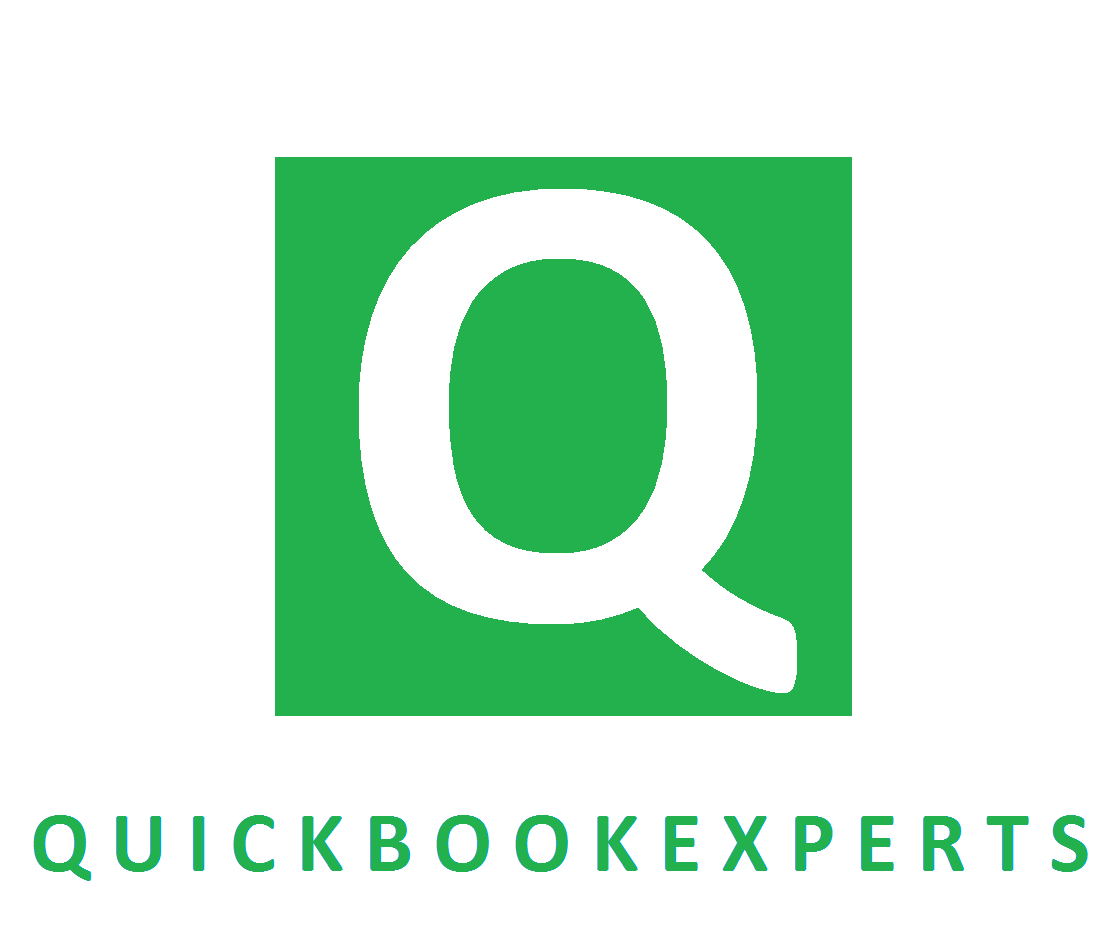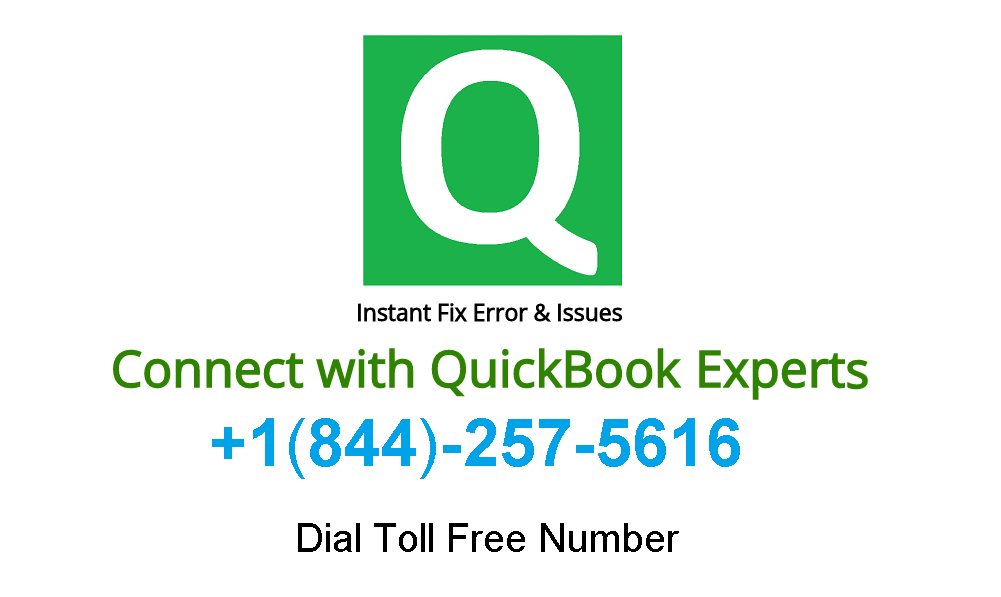Learn How to switch to Automated Sales Tax in QuickBooks Online.
If you are using Manual Sales Tax Center, you can migrate to Automated Sales Tax to calculate, collect, track, and remit sales tax easier.
| Important: This feature only supports company files that use accrual accounting. If you are using cash basis, you can set the accounting method to accrual. Then, after you activate Automated Sales Tax, revert to cash basis. How does this Affect the Sales Tax Center, reporting, and more? · If you set your accounting method to Cash AFTER you set up the Sales Tax Center, QuickBooks will still calculate your sales tax. But, your Sales Tax Center is based on accrual method. As a workaround, you can use Sales Tax Liability reports to determine the proper Sales Tax payments recorded in QuickBooks Online. · If you set your accounting method to Cash BEFORE you set up your Sales Tax Center, you can’t activate the Automated Sales Tax feature. In this case, you can start a new QuickBooks Online company file, then set up the Sales Tax Center before you set up your accounting method. |
Migrate to Automated Sales Tax
If you select Taxes from the left menu, the page explaining the benefits of Automated Sales Tax feature opens.
Continue to old tax center
Select Continue to old tax center if you want to stay with manual sales tax tracking. State the reason and confirm that you don’t want to make the switch. Then, you’ll be redirected to your existing sales tax center.
Make the switch
Select Make the switch to migrate to Automated Sales Tax. Then, follow the steps below:
- Verify your address. Note:We base tax calculations on this address so it’s important that it’s correct.
- If it’s correct, select Looks good.
- If not, select the pencil icon then correct it.
- Confirm your tax agency. On this screen, you will see the tax agency name you previously set up on your account and what it will be called
- If it’s correct, select Looks good.
- If not, select I use a different tax agency to edit.
- Select the appropriate filing frequency then Next.
The setup is complete. You’ll see a breakdown of the general sales tax rate(s) based on your company’s location. This page also explains that your rates will change based on shipping and special tax rules.
- Select Go to taxes to access your new sales tax center. To learn more, see Sales Tax Center Navigation.
What happens to existing data after migration?
Sales Tax data for transactions you created after migrating to the new tax center are available in the History section. Data from transactions that you created prior to migration will not show (but don’t worry it isn’t missing). Simply run the Sales Tax Liability report and filter for the appropriate dates.
The sales tax amount on existing transactions prior to migration will also not be affected. But, if an edited transaction changes the taxable total, automated sales tax re-calculates the sales tax amount.
Revert to manual Sales Tax
If you want to use manual sales tax again, follow the steps below:
Migrated to automated sales tax from manual sales tax
- From the left menu, select Taxes.
- Select Sales tax settings at the top right.
- At the bottom, you’ll see “Want to temporarily switch to the old tax center? Switch here.” Select here.
Brand new QuickBooks Account with Automated Sales Tax enabled
You can still override the automated sales tax calculation on your sales transactions. If the override does not work and you still want to be removed from automated sales tax, Contact Our Customer Care.
Important: After disabling Automated Sales Tax, either by performing the steps above or contacting Customer Care, you can no longer re-enable the feature. |

